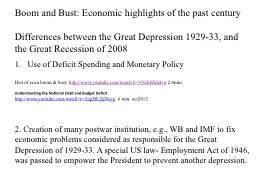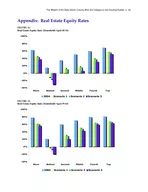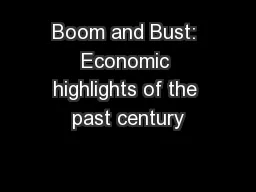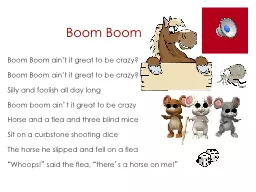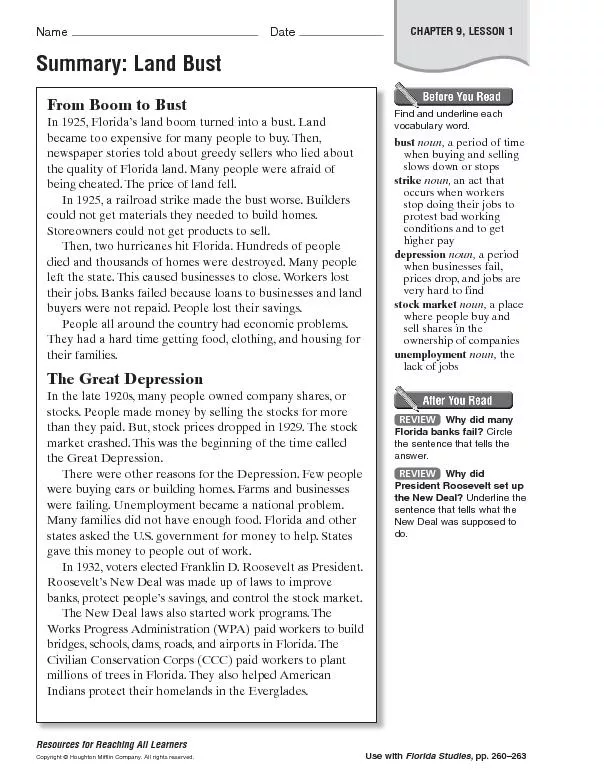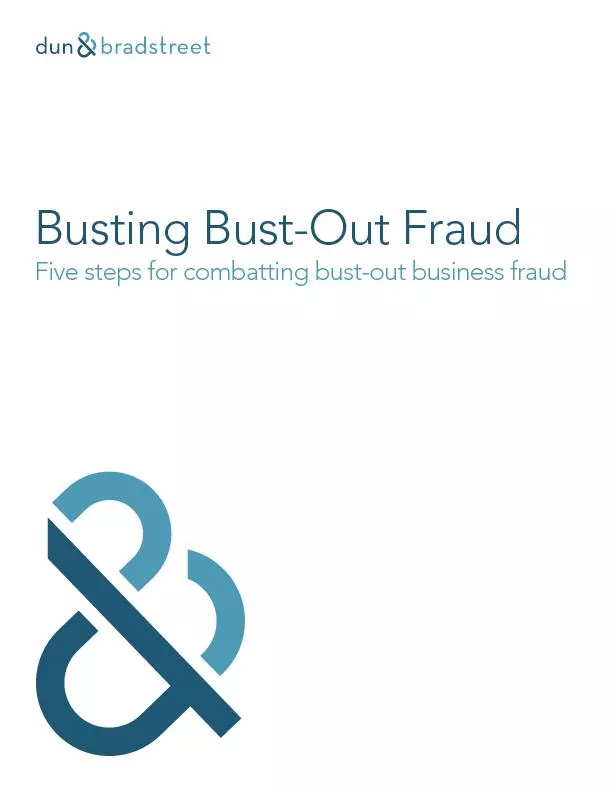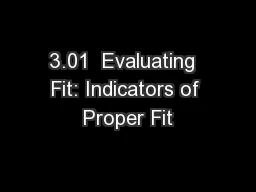PPT-Boom and Bust: Economic highlights of the past
Author : giovanna-bartolotta | Published Date : 2016-05-18
century Differences between the Great Depression 192933 and the Great Recession of 2008 Use of Deficit Spending and Monetary Policy Hist of econ boom amp bust
Presentation Embed Code
Download Presentation
Download Presentation The PPT/PDF document "Boom and Bust: Economic highlights of th..." is the property of its rightful owner. Permission is granted to download and print the materials on this website for personal, non-commercial use only, and to display it on your personal computer provided you do not modify the materials and that you retain all copyright notices contained in the materials. By downloading content from our website, you accept the terms of this agreement.
Boom and Bust: Economic highlights of the past: Transcript
Download Rules Of Document
"Boom and Bust: Economic highlights of the past"The content belongs to its owner. You may download and print it for personal use, without modification, and keep all copyright notices. By downloading, you agree to these terms.
Related Documents

